Nowadays, it seems like everybody has their very own website. Every product, every service, basically everything that can be offered and monetized is online. With the way things are set up, this will be even more pronounced, and it’s all because of us.
We need a handyman, we look to the web. We’re hungry, we go to the web to order. We need to shop, the stores are all online. Gone are the days of Rolodexes, memorizing phone numbers, and stacking business cards in your wallet. This shift in perspective has been good for everybody because now, information is widely available and quickly accessed.
However, all these sites on the web need to be built and maintained, and only a fraction of the people in charge of that know how to it properly. That’s why we’ve seen an influx of site builders in recent years.
Site builders forgo the classic code editor. Instead, they offer a streamlined, real-time visual editor using which you’re adding and removing elements, moving them around, or switching up their attributes. All the coding is done automatically in the background, and while coding knowledge is always welcome, it is by no means necessary to use a site builder.
One of the most popular site builders around is Elementor, and today we’ll focus on how you can add elements to Elementor in a quicker, more versatile way.
Elementor – Everything you need for building a website
Elementor is a page builder for WordPress, the most commonly used content management system. As such, it benefits from everything WordPress offers, most prominently addons, and plugins.
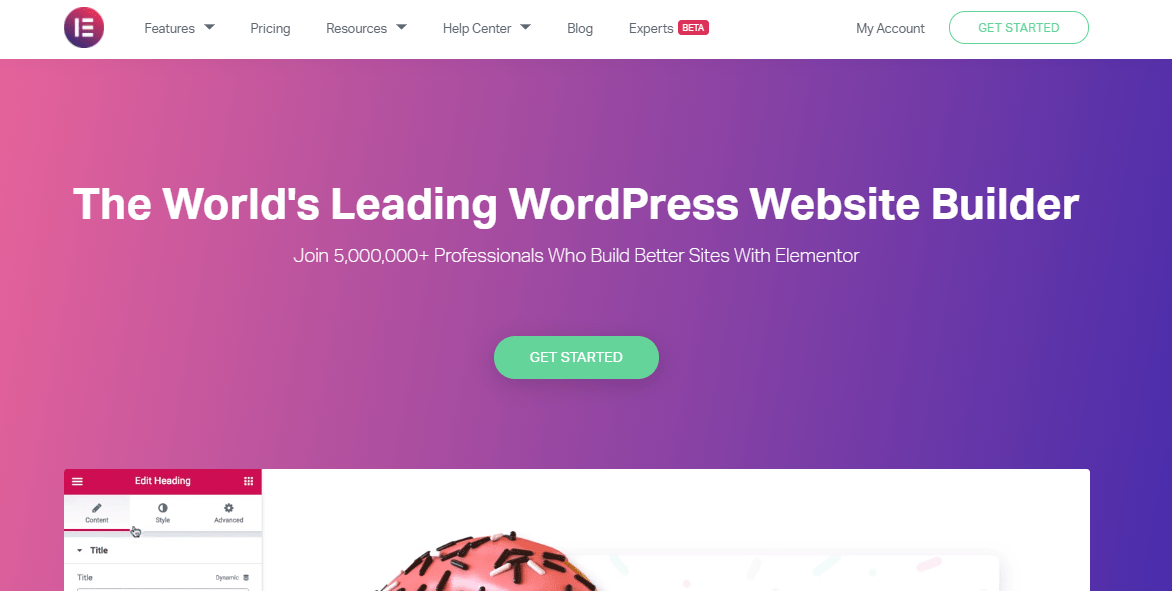
While Elementor has more than enough features in its base version (much like WordPress), it’s the content that you can integrate that elevates the whole package to the next level.
These additions to the main formula can vary wildly, from adding color schemes and themes to widgets and social network plugs.
What’s more, since they’re developed independently from Elementor (usually by smaller teams), they can focus their attention on specific aspects of the site-building process, meaning much more expansive features than the original.
If you’ve already worked with Elementor, you’ve probably heard of Ultimate Addons for Elementor, Elementor Addon Elements, or ElementsKit. And today, we’ll focus on the latter of which.
ElementsKit – Even better than the real thing
With ElementsKit, you’ll get access to 60+ widgets, 30+ templates, 7 modules, and 400+ premade sections, but it’s so much more than that.
The database at your disposal will, without a doubt, be something you’ll love working with, but the real strength of this plugin is within the creator. Namely, everything you don’t have already, you’ll be able to create without having to take an advanced coding class just to get you started.
Framing the page
To start things off, you need your headers and footers – elements that frame your page. In this particular case, along with them come menus, and even mega menus (in both horizontal and vertical versions). You can take these elements from the database and insert them in a plug-and-play manner, or you can create new ones yourself.
Menus are the main navigational tool your visitors will use, so don’t sleep on them. Make them comprehensive, but not complex. After all, it really doesn’t matter how good a menu looks if it isn’t functional.
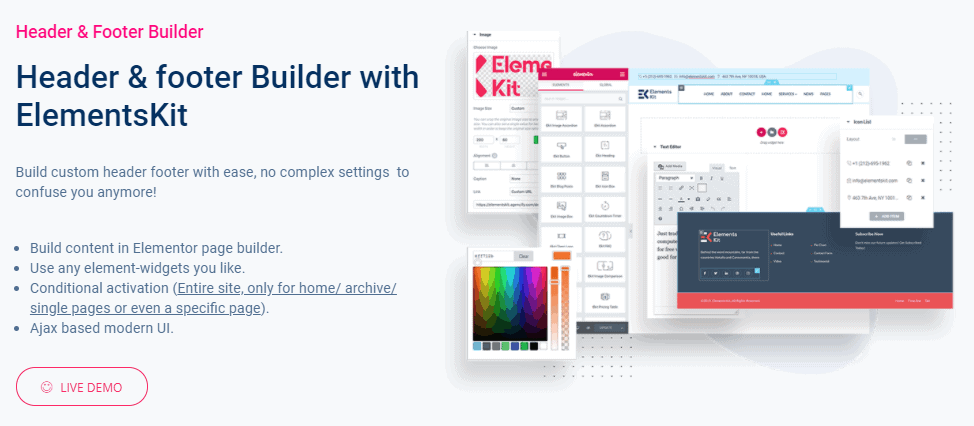
With ElementsKit, everything can be set up through a simple-to-use editor, from sizes, colors, and opacity to sticky elements. The framework will be there; you just need to fill it up with content.
The user interface will make it so that you’re not wasting any time bumbling around looking for solutions, and will give you just enough freedom to express yourself within the safe confines of the editor.
Widgets
Usually, widgets are added to a site to enable quick access to specific data and easier navigation. Also, most of the time, creating custom widgets requires advanced coding skills and puts off new and/or casual users.
ElementsKit looks to remove the skill-based barrier by breaking down the process into much more easily handled chunks. Its advanced widget builder will give you a layout kit library with 30+ templates and 600+ premade sections/widgets.
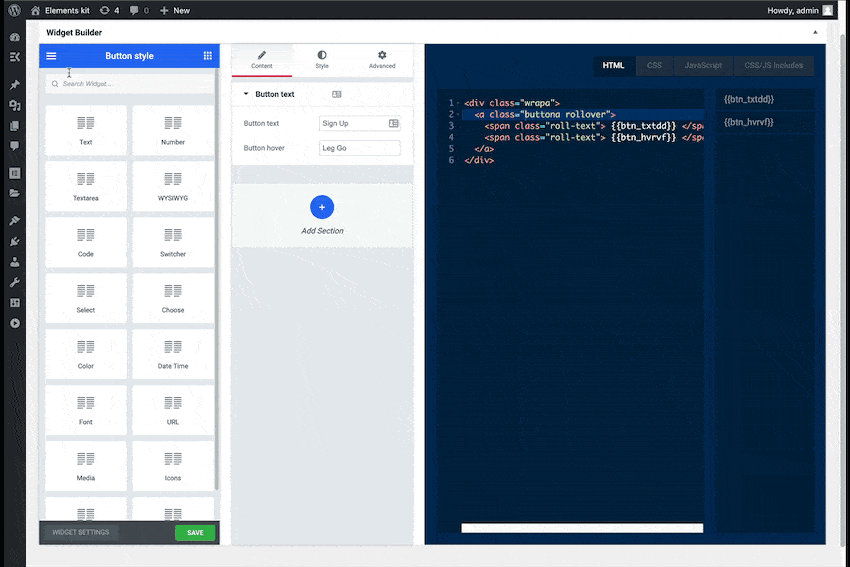
Using this library, you’re able to mix and match different parts to make a perfect whole. Simply add, remove, or change parts until you’re done; it’s just that easy.
Naturally, the more you know, the more you’ll be able to do within the editor, custom coding included. However, this is the perfect starting point for anybody looking to spruce up their site with widgets for the first time.
The body
As if framing the page and adding widgets wasn’t enough, ElementsKit also enables you to customize the page’s body by choosing from multiple parallax effects such as on-scroll animations and dynamic hover effects. Again, these are added simply by just checking them off with a click and positioning them where you want.
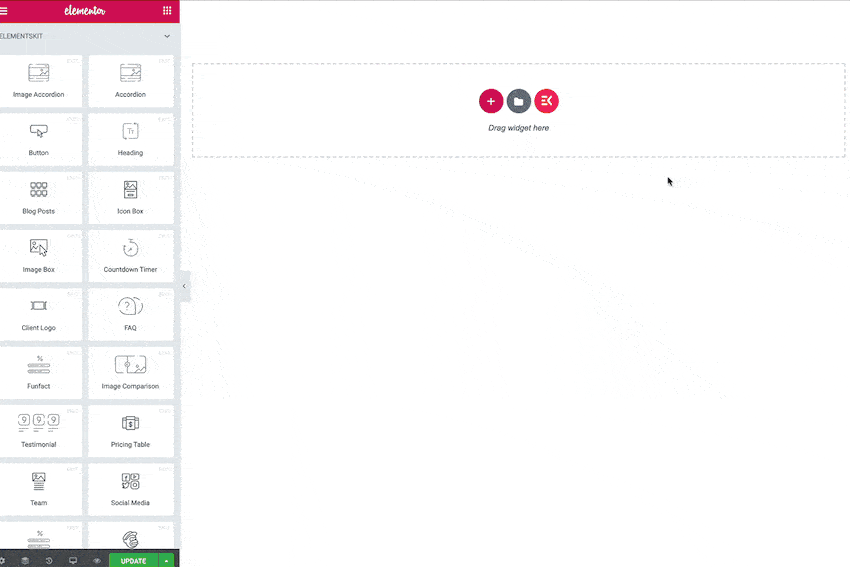
The effects add flair to a site but shouldn’t be overused, especially when you take into consideration the fact that phone screens, for which simplicity is key, are the gateway to your site for most visitors.
Outside help
To paraphrase a long-running rule, “If it wasn’t posted and shared, it didn’t happen”. Social media is everywhere nowadays, be it Facebook, Twitter, Instagram, TikTok, or any other of the numerous platforms out there, and as such must be accounted for.
Integrating some, or all these platforms into your site is practically mandatory at this point. Luckily, incorporating their feeds is a process that takes nothing but a few clicks, with ElementKit, thus making it easy for you to connect every bit of your brand to the homepage.
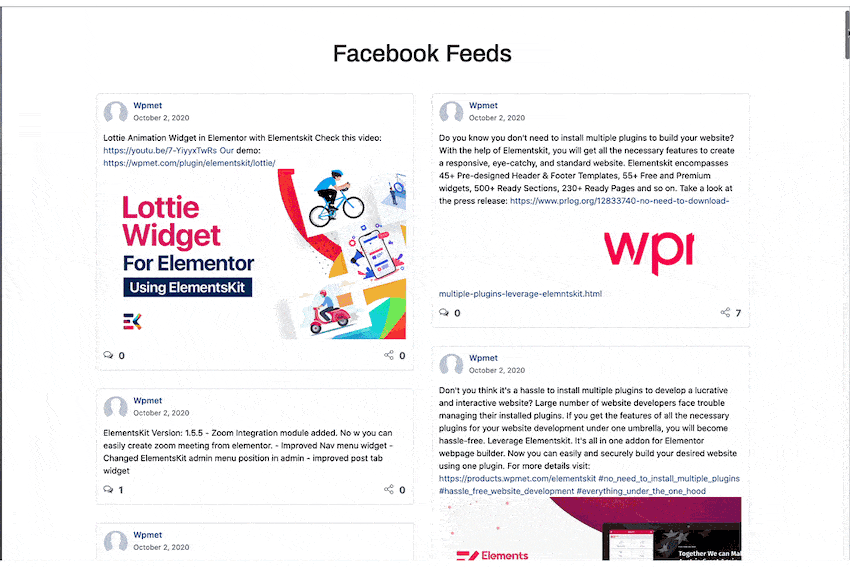
But it doesn’t stop at social media. You can also integrate reviews from Google or Yelp, and even WooCommerce features are available for those running a webshop.
It’s shockingly easy to build up your brand on many fronts with everything at your disposal and then funnel them back to your site, where all content originates from.
Scaling things down
All these features might seem like they’re too much for a single site to handle, but don’t fret. Everything you add can be enabled or disabled at any time through the options panel. In fact, the plugin can be set up so that it scales things down to always keep the site running fast.
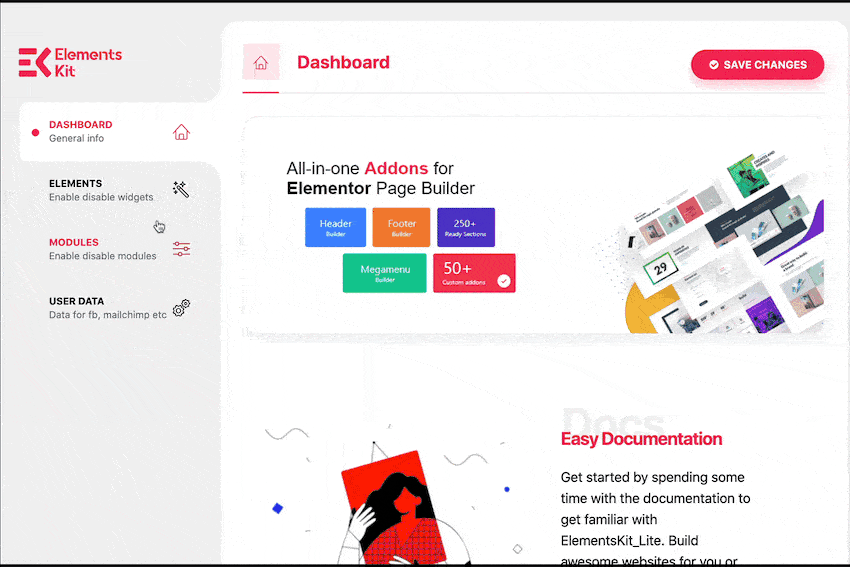
These changes can be implemented site-wide or just on certain elements, but the goal is the same – optimization.
Summary
ElementsKit seems like the perfect tool newcomers can use to prop their sites to the next level, but it doesn’t stop there. The further in you go, the more options open up to you. As such, it becomes a great tool even for advanced users who are accustomed to working with code.
So if you’re using Elementor as your site editor of choice, we urge you to try the ElementsKit plugin to truly unlock the base platform’s potential.
